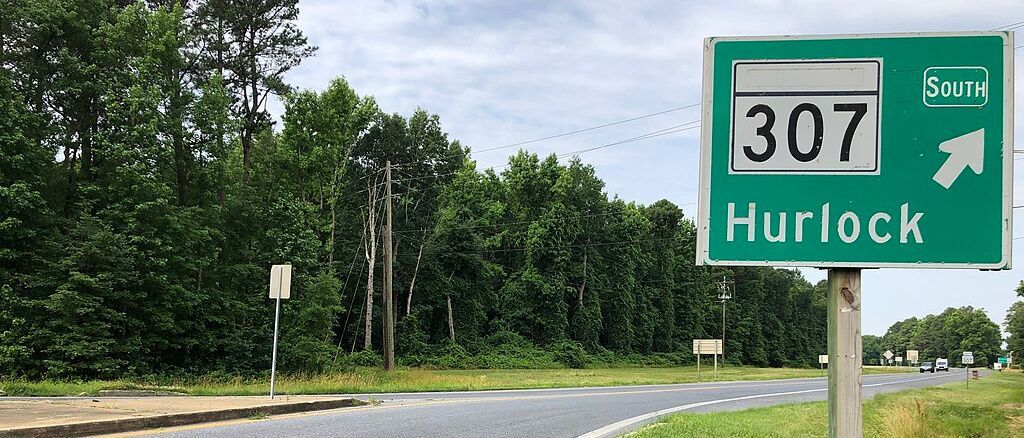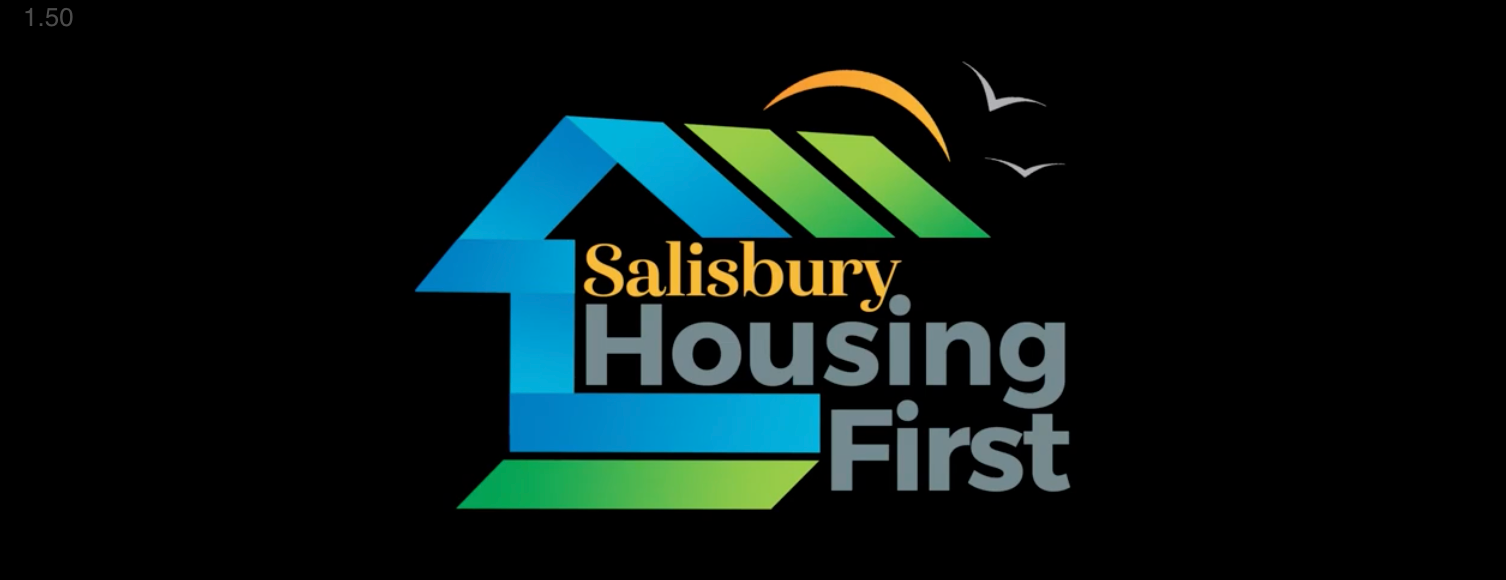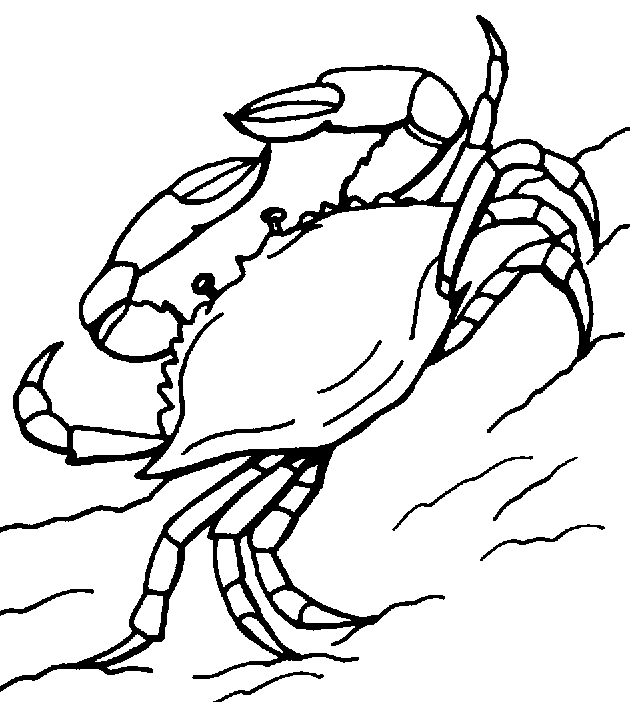Harriet Tubman Reimagined/Honored: An Interview with Jocelyn Garlington, Artist and Poet

Common Sense for the Eastern Shore sat down with Jocelyn Garlington, poet and artist, to talk about her Harriet Tubman portraits.
***
Why Harriet Tubman? You’ve done a series of Tubman portraits, not just one. What is there about Tubman that speaks to you?
Harriet Tubman’s bravery has always intrigued me. As I have grown older, I feel less brave, sometimes giving into resignation. Then I remember Harriet Tubman and am compelled to create yet another piece to honor her. Conjuring, reimagining Harriet Tubman’s image fortifies my determination to keep going on even my most vulnerable days. She reminds me of my widowed grandmother, Mae, who kept a vigil by her window, shotgun aimed, ready to defend herself and her trembling daughter, my mother, from the night riding Klansman. Stories of brave, fighting back, fearless Black Southern women (and men) in our family are a part of the legacy shared by my mother, aunts, and elder cousins at family gatherings. These stories were told with pride and tears. Thoughts of Harriet Tubman through the years, her extraordinary fire and modeling of determination, have helped me to better appreciate the strong women in my family who came before me and shaped our family legacy. I began several years ago creating mixed media portraits of Harriet Tubman as homage.

Your portraits have a unique style. Please describe your inspiration and process.
As I delved deeper into my family history, I began to write my thoughts on the stories shared with me by my elders alongside journals my mother kept, documenting life in a segregated South, and writings about Harriet Tubman. As I contemplate the lives and lessons of my elders, their struggle and triumphs, I create visual representations, combining images of Harriet Tubman, my vintage family photos, landscapes, photos of legacy cookware, and other handed down artifacts. I have photographed hundreds of items to use in my work.

I imagine Harriet as a spiritual presence. This perspective, I imagine, may be a carryover of my perceptions of the saints and their influence on my life (back when I was a believer). I was raised as a Catholic, enthralled with religious iconography where elaborate imagery was quite involved and convincing, i.e., the decorating of the Infant of Prague, the lighting of devotional candles, and offerings left at statues of the revered. These rituals obviously left an indelible impression and in my artwork, I tend to want to bring gifts, especially to my legacy portraits. I am fond of jewelry pieces with deep personal history, many from my mother’s jewelry box, fabric, pieces of china; humble offerings, my way of connecting to Harriet’s greatness. My ritual of honoring.
Other times I want to achieve an intense encounter with Harriet’s powerful features, especially her eyes that reveal her strength and brilliance, with no distractions. Elongated portraits I use for making pendants to wear. I decorate them and when folks ask me about them, it gives me yet another opportunity to pay homage to Harriet. For me, these pendants are reminiscent of scapulars.
The images — are they digital creations or photographs of physical creations? Or both?
Both. I combine photographs, ephemera, and self-taught creative painting techniques, using primarily recycled paints and supplies, many of which were given to me by a dear friend who liked some of my images. I do some digital manipulation using whatever basic photo editing app is pre-installed on my device. I first discovered digital possibilities back in 2000 when I purchased a small, cheap, open box point-and-shoot Nikon camera at Walmart. And wow, I was mesmerized!

Tell us about yourself.
I am a lifelong resident of Baltimore, former English teacher, and self-taught mixed media artist. I live in my childhood home in West Baltimore with my elder, rescued German Shepherd. I have a wild yard that I justify by declaring it a natural wildlife habitat. My recent collection of poetry, Then And Now Poems, focuses on pausing and listening to ancestral voices and wisdom, and embracing the lessons of those who have passed on and who live in our memories. I have been writing poetry for six decades and creating art work, mostly secretly, since I was around the age of five.
How does being a poet influence your art?
Poetry, my first love, is essentially the foundation for my visual work.

Jan Plotczyk spent 25 years as a survey and education statistician with the federal government, at the Census Bureau and the National Center for Education Statistics. She retired to Rock Hall.
Common Sense for the Eastern Shore







